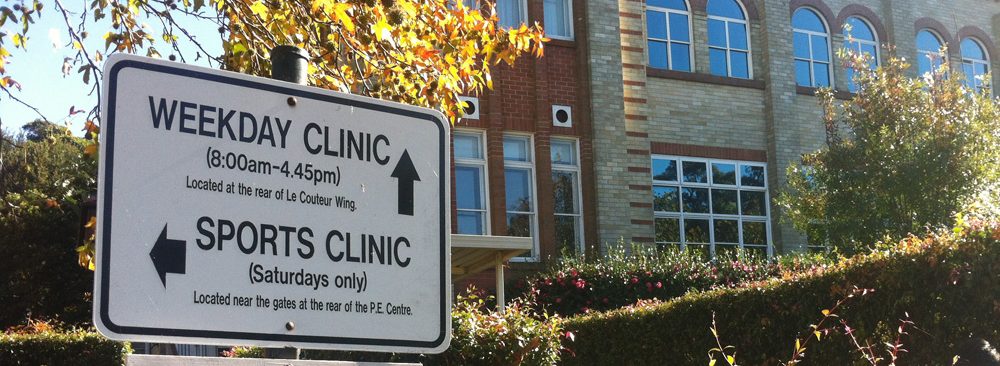From the School Nurse
Shoulder dislocation is a common sports injury that I see.
The shoulder is a ball and socket type joint and is a very mobile joint. Unfortunately because of this mobility it is more prone to dislocation then other joints.
The ball is the top of the humerus (upper arm) and the shallow rim is the shoulder blade, like a golf ball sitting on a tee.
The joint is supported on all sides by ligaments called the joint capsule and the whole thing is covered by the rotator cuff. The rotator cuff is made up of four tendons attached to muscles which reinforce the shoulder joint. There is a thick band of cartilage lining the rim which helps to deepen the socket called the labrum.
The head of the humerus can dislocate in the posterior however 95% are anterior (forward) dislocations. This causes acute pain and often the feeling of the shoulder ‘popping out’.
The person usually holds the affected arm slightly away from the body and is unable to touch the opposite shoulder.
Sometimes they will complain of pins and needles or tingling through the arm to the hand.
The dislocated shoulder is ‘relocated’ by a Doctor or experienced physio. If it doesn’t relocate easily or the person is in a great deal of pain, they need to be taken to hospital for pain relief. An x ray is always taken to ensure that there is no fracture. Once it goes back into place the person feels much more comfortable although an ache in the shoulder is felt.
Afterwards the arm is supported in a sling and ice applied regularly for 48 hours.
Rest from sport and any activities that aggravate the injury is essential for recovery. Physio is important for healing and strengthening.
Complications of a shoulder dislocation are:
- Recurrent shoulder dislocation
- Fractures and soft-tissue injuries
- Hill-Sachs lesions are impaction fractures in the head of the humerus. Larger Hill-Sachs lesions are associated with recurrent shoulder dislocations.
- A Bankart lesion is a fracture of the rim of the cartilage of the socket. It is an indication for surgery.
Approximately 80-94% of patients younger than 20 years at the time of the initial dislocation have a recurrence.
A shoulder subluxation is one where the head of the humerus only partially comes out of the joint and slips back in, often by itself.
Sister Margaret Bates
mbates@newington.com.au






